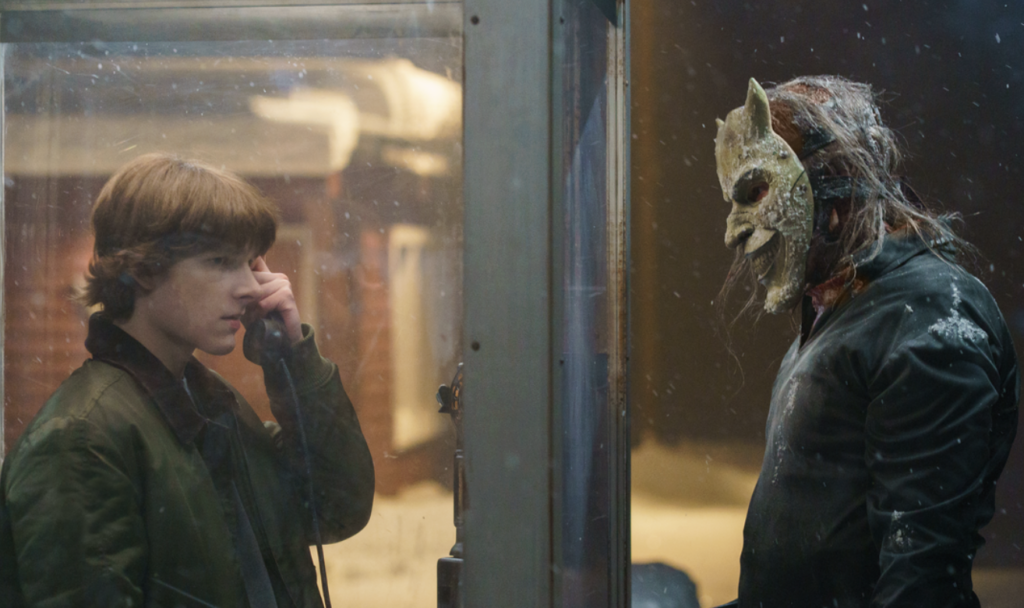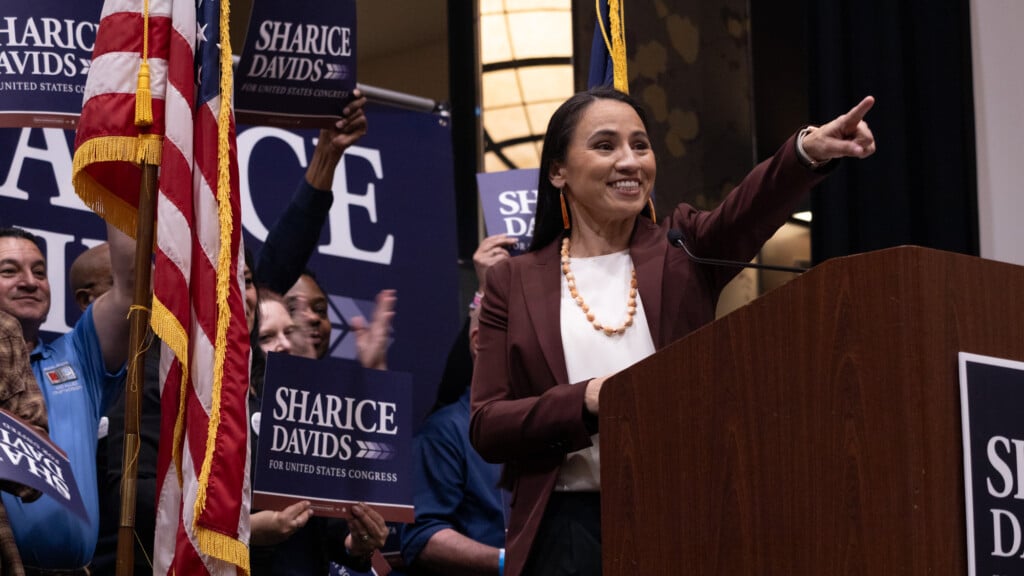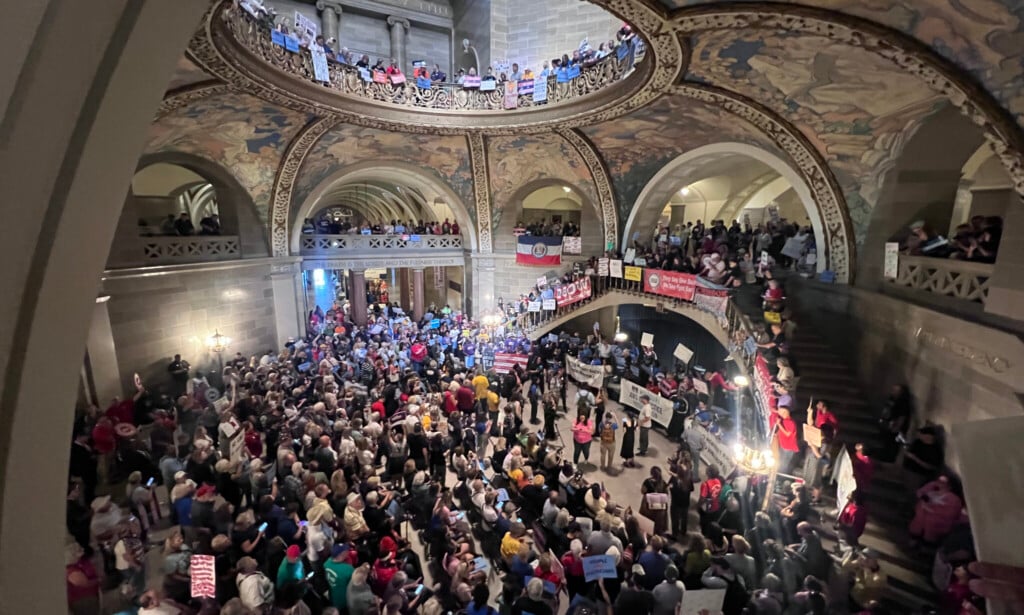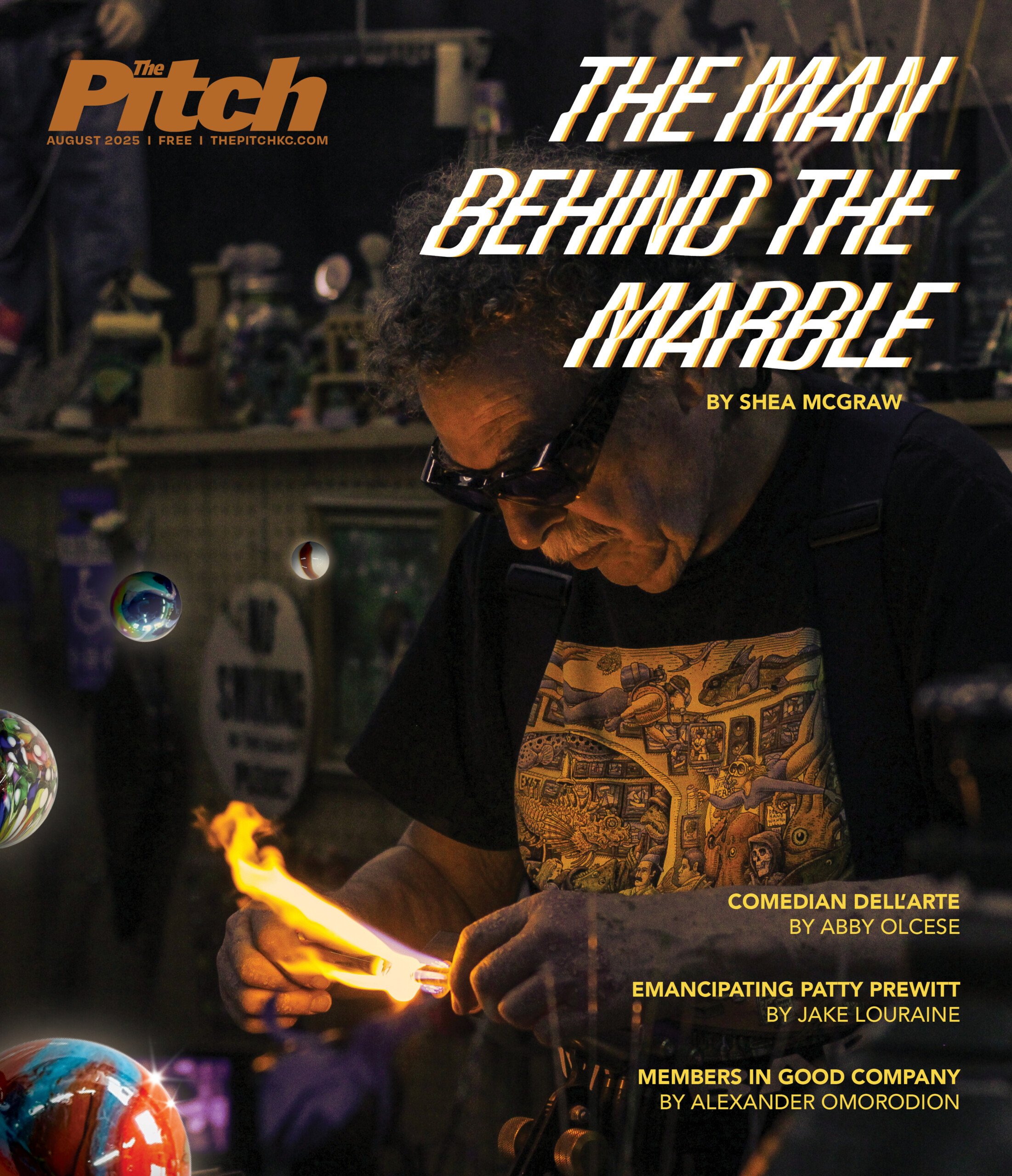Promised Land


Promised Land starts with a fine scene, a vaguely menacing corporate one-on-one in the Michael Clayton mode. Steve Butler (Matt Damon) is up for a big promotion within the energy company for which he has been an extremely successful traveling salesman. Director Gus Van Sant keeps the camera on Damon as the actor lays out Butler’s homegrown motivation for making rural America buy into fracking.
Fracking, a controversial method by which natural gas is extracted from the Earth, is the topic of Van Sant’s movie, a throwback to the message pictures of an earlier era. Stanley Kramer would have loved a script like this one, an earnest, magazine-y narrative co-written by Damon and John Krasinski from a story by Dave Eggers. It’s a sort of Guess Who’s Coming to Fuck Up My Land, and it makes room in its story for hints of romance (Butler likes a schoolteacher named Alice, played by Rosemarie DeWitt), a demonstration for children of how fracking can go wrong (so simple, even an adult movie audience won’t miss the point) and Hal Holbrook’s cataracts.
Butler’s latest target is a small rural community that looks ready for some land-lease salvation. But once he’s on the scene there, his conscience is pricked by Alice and by the appearance of Krasinski’s character, an environmentalist eye-rollingly named Dustin Noble. As Butler and his partner, Sue (Frances McDormand, digging deeper than required), encounter the locals and contend with Noble’s aggressive counterinsurgency, moral compasses are adjusted, flirtations are exchanged and lessons are learned. Without the Eggers-Damon-Krasinski pedigree (Van Sant’s name helps, too, though he came aboard only after Damon had to drop out of what would have been his directorial debut), this expertly made but lightweight movie probably wouldn’t exist at all. With those names attached, though, Promised Land feels like a missed opportunity.




